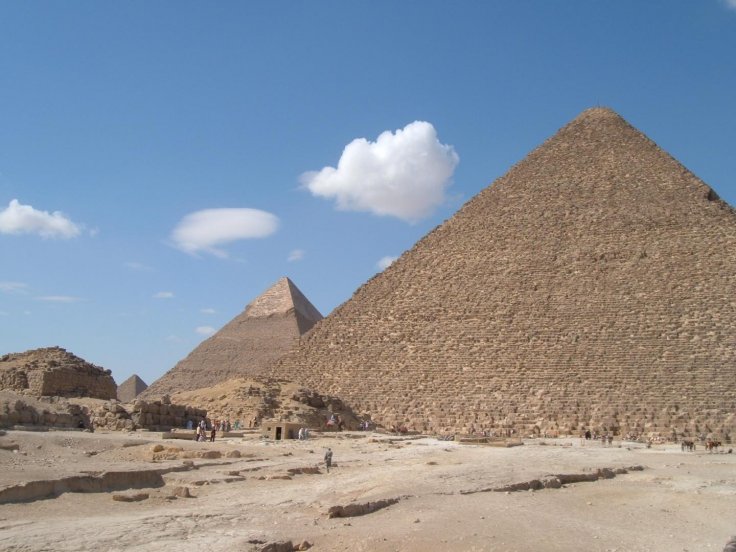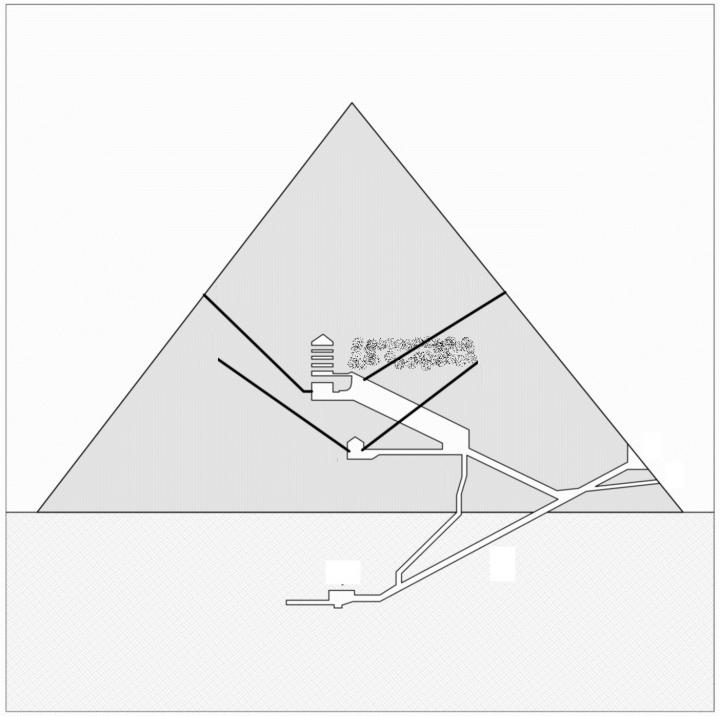
For thousands of years, pyramids were the largest structures on Earth and researchers pointed out some mysteries related to its ancient engineering. In November 2017, two archaeologists proceeded with 'Scan Pyramids project' and the results showed a "huge void" inside the Pyramid of Cheops, which is at least 30 meters long.
The research work was led by Mehdi Tayoubi from Hip Institute, Paris and Kunihiro Morishima from Japan's University of Nagoya. Their findings were published in the journal Nature.
Director of the Department of Mathematics and Professor of Archaeoastronomy at the Politecnico di Milano, Giulio Magli has come up with a hypothesis of the discovery. He said that the Cheops' Pyramid, which was built around 2550 BC, has a very complex structure from the architectural point of view.
While describing the engineering of the pyramid, he mentioned that it has narrow tunnels which lead to internal chambers. One of those tunnels which take to the funerary room "widens and rises suddenly forming the so-called Great Gallery."

According to Giulio, the newly discovered 30-meter long room is situated exactly over this gallery but "does not have a practical function of 'relieving weight' from it, because the roof of the gallery itself was already built with a corbelled technique for this very reason."
While interpreting the meaning of such complex architecture, Giulio said that according to Egyptian funerary religion, which was clearly described in the pyramid texts, the pharaoh has to pass the "gates of the sky" before reaching the stars of the north and sit on a "throne of iron".
The study says there are four extremely narrow shafts, which lead to the stars. According to the texts, the afterlife of the pharaoh is in the stars of the north, like seven bright stars of the constellation Ursa Major, Big Dipper and Draco, which is the home of several double stars and binary stars.
Among those four narrow channels, two of them open onto the front of the monument and other two to small doors. Out of the two doors, the south one is open and people can get into it, whereas the north one is still sealed and unexplored.
Researchers claimed that these doors represent the 'gates of the sky'. They also assumed after analysing the pyramid texts that the north door could be a part of the newly discovered room, which may contain the "iron throne".
Earlier archaeologists from Harward University found pieces of Che Cheop's mother, Queen Hetepheres' throne and reconstructed it. Ultimately they found that the throne looks like a low chair of cedar wood and covered with sheets of gold and faience. So, researchers believe that Cheops must have a same kind of throne but with a meteoritic iron coating, as the use of this metal for a royal purpose was common in those days.
However, right now it is hard to say that the northern tunnel leads exactly to 'big void'. But the project archaeologists used a non-invasive technique based on the measurement of a subatomic particle generated in cosmic rays. The findings are similar to the radiography what the researchers analyzed to unveil the mystery.
Earlier, researchers discovered a hidden chamber in the Great Pyramid of Giza by using the same cosmic ray process. The researchers also used the muon tomography method to avoid any kind of harm to the structure.









